Jump to Recipe
Lo Mein Noodles are one of the most iconic Chinese foods. In the realm of American Chinese takeout, the use of MSG has long been a subject of scrutiny, with many consumers expressing concerns about its potential health impacts.
It’s essential to recognize that MSG plays a crucial role in traditional Chinese cuisine, where it is prized for its ability to enhance the natural flavors of ingredients. When used correctly, MSG can elevate dishes to new heights, adding depth, richness, and complexity to their taste profiles. Its umami-rich properties complement a wide range of ingredients, from succulent meats to crisp vegetables, resulting in dishes that are both satisfying and memorable.
Ultimately, the stigma surrounding MSG in Chinese food takeout reflects broader misconceptions about this seasoning, which has been deemed safe for consumption by numerous scientific studies and regulatory bodies.

Few ingredients have been as unfairly demonized as monosodium glutamate, or MSG. In a world flooded with health advice and dietary trends, the demonization of food additives has become a common narrative. Over the years, this flavor enhancer has faced unjust scrutiny, with misconceptions often stemming from racism, chemophobia, and a general lack of understanding of its true nature and benefits.
MSG is not the villain it’s been made out to be. In fact, it’s a safe ingredient that can significantly elevate the flavor profile of dishes, instantly turning anyone into a better cook. Moreover, it has the potential to reduce sodium intake, a crucial aspect of maintaining a healthy diet.
The Origins of Misinformation
But how did MSG become the subject of such widespread misinformation? Let’s rewind to 1968, a year marked by both triumphs and tragedies. It was during this time that Robert Ho Man Kwok wrote a letter to the New England Journal of Medicine, detailing his experience of a strange syndrome whenever he dined at Chinese restaurants. “Numbness of the body, general weakness and palpitation and that it could be linked to some ingredient in soy sauce or cooking wine or others had suggested MSG monosodium glutamate.” This letter, while possibly well-intentioned, sparked a cascade of unfounded claims and speculations.
The New England Journal of Medicine amplified Kwok’s letter, and soon newspapers were publishing accounts of similar symptoms experienced by others after consuming Chinese food. It’s no shocker that immigrants were often exposed to discrimination, but this letter Kwok sent heightened it. This phenomenon was branded as the “Chinese Restaurant Syndrome,” further perpetuating the myth that MSG was the culprit behind these mysterious ailments.
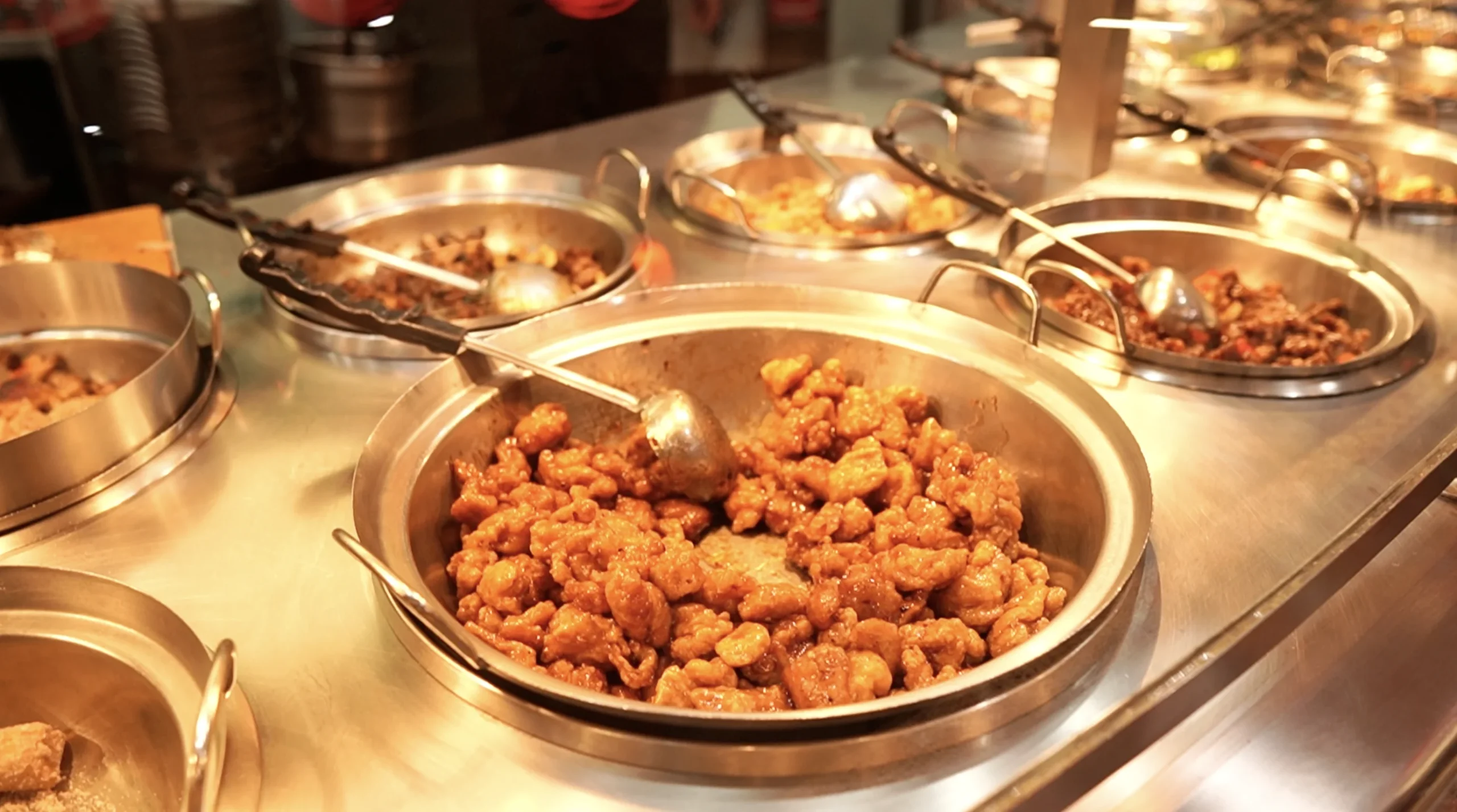
Flawed Studies and False Narratives
Enter Herbert Schaumburg, whose flawed studies which were not blinded or representative of the population, only served to cement the false belief that MSG was harmful. Despite criticism from the medical community, Schaumburg’s work fueled public fear and cemented MSG’s reputation as a toxic chemical.
MSG: A Natural Flavor Enhancer
However, the truth is far from the propaganda. MSG is a naturally occurring compound found in a variety of foods, from tomatoes to mushrooms to your favorite snack chips. It was even present in American TV dinners, yet it wasn’t until it became associated with Chinese cuisine that it became vilified.
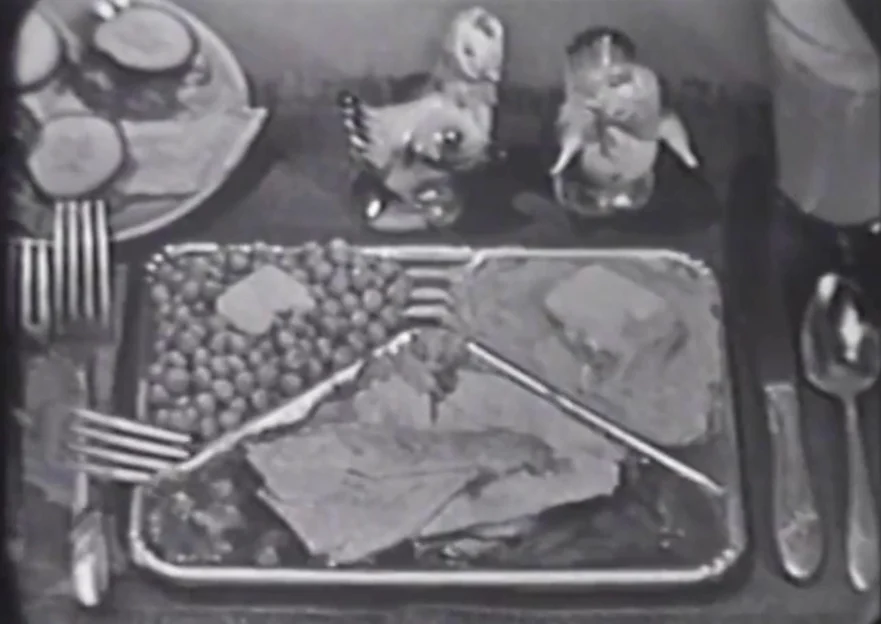
Monosodium glutamate is not only safe but also an incredible flavor enhancer used in countless cuisines around the world. It’s GRAS (generally recognized as safe) and has been thoroughly researched, with no evidence of it causing harm or complex symptoms.
In fact, MSG boasts a fascinating history rooted in culinary discovery. Dr. Ikeda, a Japanese biochemist, isolated glutamic acid from a seaweed broth prepared by his wife, thus discovering the fifth taste sensation known as umami. This crystalline compound, now known as MSG, has since revolutionized the food world.
The Health Benefits of MSG
One of the most compelling aspects of MSG is its significantly lower sodium content compared to table salt. This makes it a viable substitute for those looking to reduce their sodium intake without sacrificing flavor. With the average person often exceeding recommended sodium limits due to processed and restaurant foods, MSG offers a healthier alternative without compromising taste.
From a food science perspective, incorporating MSG into recipes not only enhances taste but also allows for a significant reduction in sodium content. This aligns perfectly with the ongoing health trend, as more people become conscious of their dietary choices and seek alternatives to traditional, salt-laden dishes.
It’s time to dispel the myths surrounding MSG and embrace its true potential as a flavor enhancer and health-conscious cooking ingredient. By understanding the facts and challenging the stigma, we can unlock a world of culinary innovation and healthier eating habits. Let’s take a step forward and explore the endless possibilities that MSG has to offer.
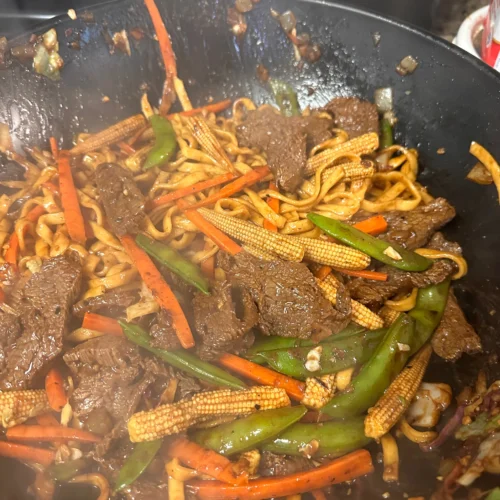
Beef Lo Mein Noodles
Ingredients
Lo Mein Sauce
- 3 tbsp Oyster Sauce
- 2 tbsp Dark Soy Sauce Use a reduced sodium! MSG will make up for it!
- 1 tbsp Regular Soy Sauce Use a reduced sodium! MSG will make up for it!
- 1 tsp Sugar
- 1 tsp MSG
- 1/3 cup Chicken or Beef Broth
- 1/2 tbsp Sesame Oil extra for frying
Lo Mein Meat Marinade
- 1 & 1/2 pound Flank Steak Cut in thin strips
- 2 tbsp Canola Oil
- 2 tbsp Baking Soda
- 1 tsp MSG
- Salt to taste
- 2 tbsp Grated Ginger
- 3 tbsp Regular Soy Sauce
Lo Mein Noodles
- 1 bag Egg Noodles
- 1/2 Cup Sliced Carrots Thinly sliced
- 1/2 Cup Red Peppers Thinly Sliced (Optional)
- 1/3 Cup Snap Peas
- 1 Small Onion
- 1 Cup Green Cabbage Sliced
- 2 tbsp Diced Garlic
- 1/3 Cup Green Onions
- 1/2 Cup Baby Corn (Optional)
Instructions
- In a small bowl, whisk together the lo mein sauce ingredients. Set aside.
- In another bowl, mix the lo mein meat marinade ingredients together and set in the fridge for at least 30 mins.
- Cook the lo mein egg noodles according to the package instructions until al dente. Drain and set aside.
- In a skillet, add the sliced onion, bell pepper, carrot, cabbage, and mushrooms to the skillet. Stir-fry for 3-4 minutes until the vegetables are tender-crisp.
- In a separate large skillet or wok, heat the vegetable oil over medium-high heat. Add the minced garlic and cook for about 30 seconds until fragrant.
- Add beef to the large skillet and add the vegetables to it and toss until heated through.
- Add the cooked noodles to the skillet. Set the noodles to one side of the pan and pour the sauce mixture to the other side and let it simmer a bit. Toss everything together until the noodles are evenly coated with the sauce and heated through. Season with salt and pepper to taste.
- Add some sliced green onions at the end for garnish!
Video
@kickinitwithsal Is MSG making a comeback?#monosodiumglutamate #msg
♬ The Hills x Say It Right by GOBAITH –
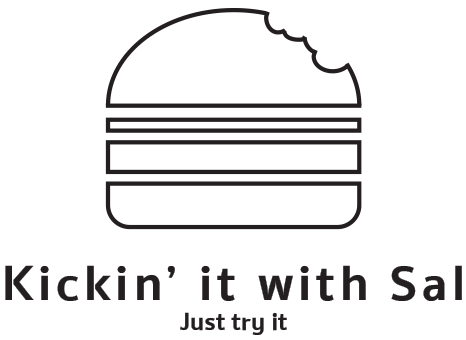
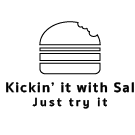
Love this channel! Keep it up!
Thanks for reading! 🙂